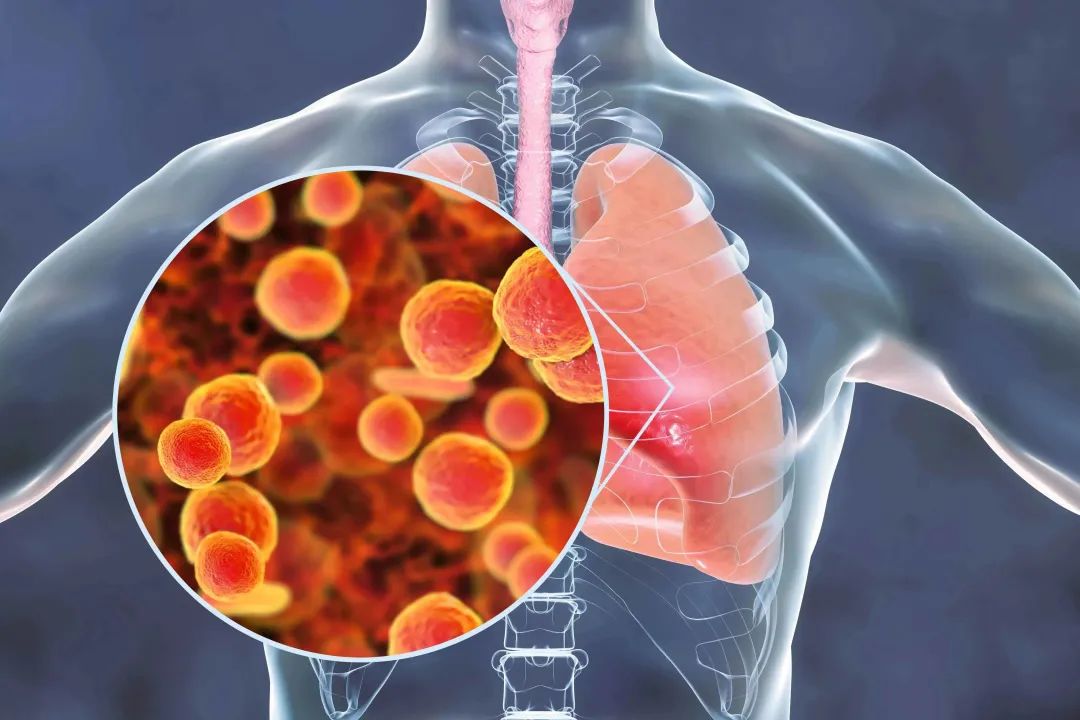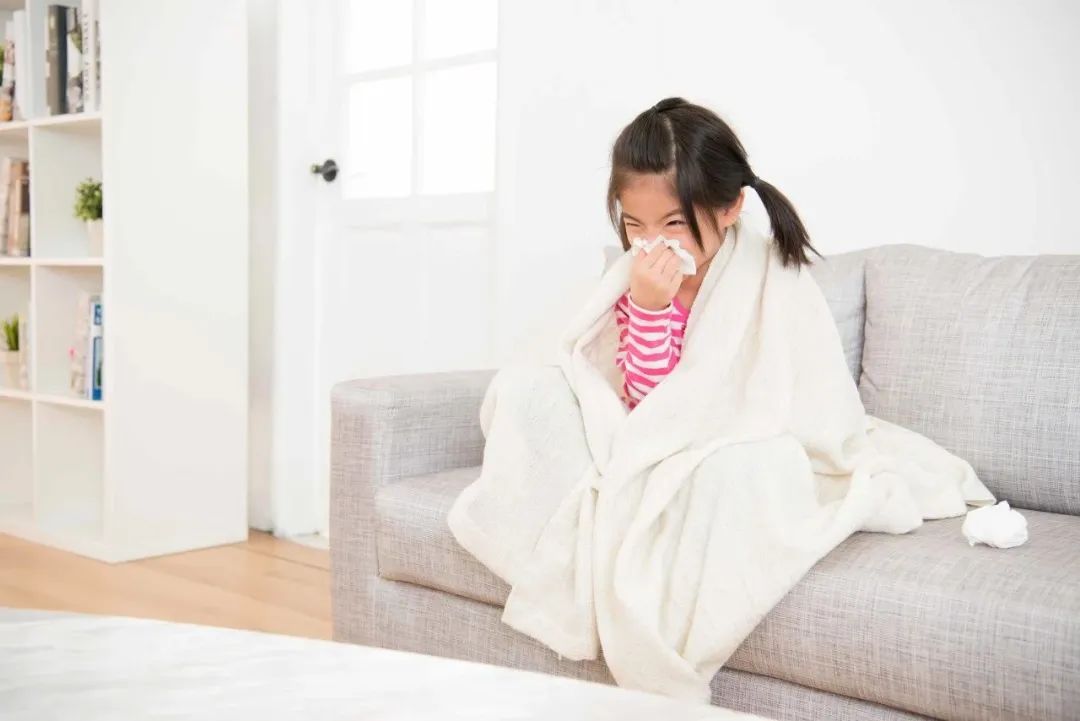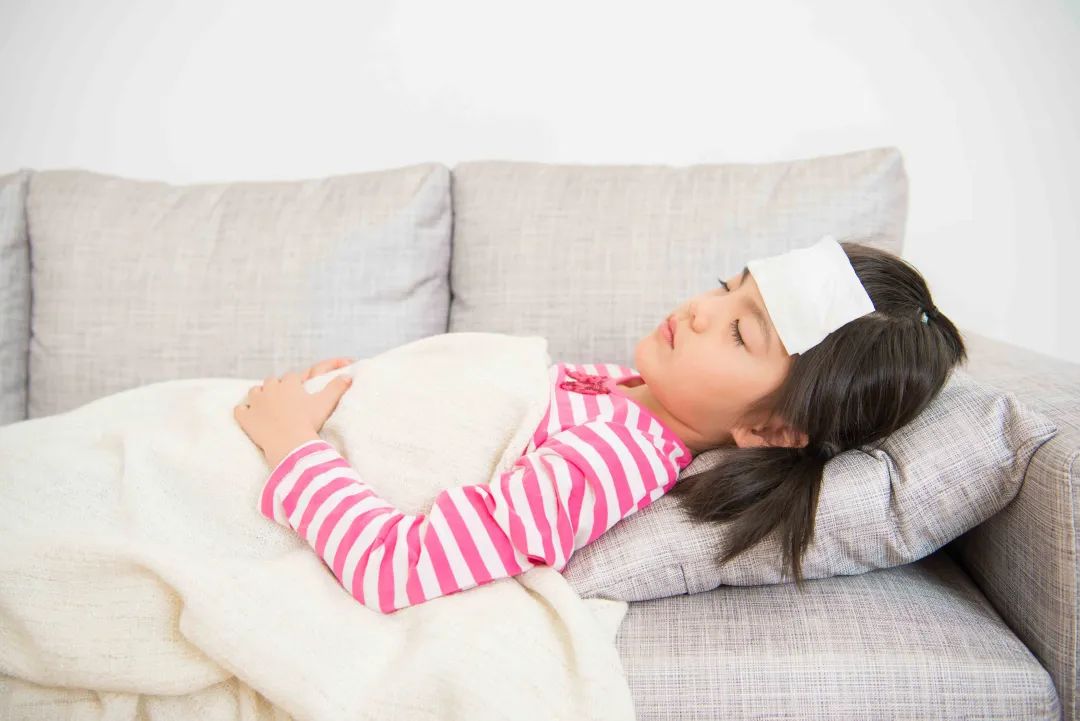How does mycoplasma pneumoniae spread? Will there be sequelae after infection?
Original Tencent medical code
Recently, there have been many cases of mycoplasma pneumoniae infection in many medical institutions across the country. Children are the main patients, and anti-infective drugs in pharmacies have become extremely "hot".

(Source: People’s Daily)
What is mycoplasma pneumoniae?
What are the symptoms after infection?
How should we deal with it? Do we need to hoard medicine?
Don’t worry, this article is clear today.

Mycoplasma pneumoniae is a kind of microorganism between bacteria and viruses, which is neither a naked bacterial family nor a complete virus army [1].
Mycoplasma pneumoniae can attach to the center of human respiratory tract, absorb the nutritional supply needed by human body, and then multiply and destroy human cell membrane, resulting in abnormal cell function [2].

But you don’t have to panic too much. Infection with Mycoplasma pneumoniae may not necessarily cause pneumonia. Only when Mycoplasma pneumoniae invades the lower respiratory tract may pneumonia occur.

Mycoplasma pneumoniae is mainly transmitted by respiratory droplets, and pathogens may be carried in secretions when sneezing, coughing and runny nose. In addition, it can also spread through direct contact. Adults and children may be infected with this pathogen, especially school-age children.
Mycoplasma pneumoniae can be spread continuously or irregularly, and can occur in all seasons. It is more common in autumn and winter in northern China and high in summer and autumn in southern China [3].


After infection with mycoplasma pneumoniae, the incubation period is 1 ~ 3 weeks. Although there are no symptoms at this time, it is still contagious!
After the incubation period, some patients still have no symptoms, but have symptoms of upper respiratory tract infection similar to a cold.
The main clinical manifestations of symptomatic patients are fever and cough, which may be accompanied by headache, runny nose, sore throat and earache.
● Fever is mainly moderate to high fever, and if it continues to be high fever, it indicates serious illness.
● The cough is severe, which can be similar to whooping cough (severe frequent short dry cough).
● Some children have wheezing, especially infants.
● The early signs of lung may not be obvious, and with the progress of the disease, respiratory sounds may decrease and dry and wet rales may appear (rales are additional sounds other than respiratory sounds).

For asymptomatic patients or mild patients, you can do the following self-care at home:
1. Ensure adequate rest and energy intake, and ensure water and electrolyte balance.
2. Take antipyretics correctly, and children over 6 months can choose ibuprofen or acetaminophen; Children over 2 months and under 6 months can only take acetaminophen. But remember not to take the two drugs at the same time to avoid overdose.
3. If cough seriously affects life, antitussive drugs can be used as appropriate.
4. expectorant drugs include oral and atomized drugs.
5. Do a good job of isolation and avoid going out at will. If the family is a family with many children, it is best to separate them to avoid mutual infection.
6. Pay attention to ventilation at home and do a good job of cleaning.

Patients with severe symptoms need immediate medical treatment and timely treatment.

If patients have any of the following conditions, they need to be highly vigilant and seek medical advice in time:
● Persistent high fever (above 39°C) ≥5 days or fever ≥7 days, with no downward trend of body temperature.
● One of the symptoms such as wheezing, shortness of breath, dyspnea, chest pain and hemoptysis occurs.
● Poor spirit, headache, convulsions, frequent vomiting, inability to eat, etc.

Mycoplasma pneumoniae has no cell wall, so general antibiotics (such as penicillin and cephalosporin) have no effect on it, but special antibiotics (such as azithromycin and roxithromycin) can treat it [5].
At present, the first choice for the treatment of mycoplasma pneumoniae infection is macrolide antibiotics, including azithromycin, clarithromycin, erythromycin, roxithromycin and acetylkitasamycin.

In addition, some bacterial lysate capsules, as immunomodulators, can also prevent recurrent respiratory infections.
For the complications caused by mycoplasma pneumoniae, such as acute attack of bronchial asthma, glucocorticoid (aerosol inhalation) and bronchodilator can be used according to the doctor’s advice at the same time of acute treatment; Treatment in remission stage can refer to the guidelines for diagnosis and treatment of bronchial asthma.
But be careful, you must take the medicine under the guidance of a professional doctor, and don’t take it yourself!

At present, children with mycoplasma pneumoniae infection generally do not have sequelae after rehabilitation. After recovery, the possibility of reinfection in the near future is also very small. In the rehabilitation stage, children should pay attention to strengthen nutrition, eat more high-protein food, ensure adequate sleep, and exercise outdoors properly, but not strenuous exercise [6].

1. Pay attention to personal hygiene, wash your hands frequently, and try to use soap and laundry detergent to clean under flowing water.
2. Avoid going to crowded places and try to avoid close contact with patients. If you must go out, you can wear a mask for protection.
3. Breathe regularly at home and keep the environment dry and clean.
4. Cover your mouth and nose with a tissue when sneezing or coughing.
Finally, I would like to remind you that antibiotics are prescription drugs and must be used under the guidance of a doctor. You should not take them at will or hoard drugs in advance. Clinical treatment requires doctors to formulate treatment plans according to specific conditions.
In the face of the menacing mycoplasma pneumoniae infection, we don’t have to panic. Only through scientific protection can we resist its invasion.
Audit expert: Lu Haiwen
Deputy Chief Physician, Department of Respiratory and Critical Care Medicine, pulmonary hospital.
references
[1]Waites KB, Talkington DF. Mycoplasma pneumoniae and its role as a human pathogen. Clin Microbiol Rev. 2004; 17(4):697-728.
[2]Williamson J, Marmion BP. Mycoplasma pneumoniae: a review. Br J Dis Chest. 1967; 61(1): 2-14.]
[3]https://mp.weixin.qq.com/s/fwLogfU9y4BJXSlLJJobBw
[4] Guidelines for diagnosis and treatment of mycoplasma pneumoniae pneumonia in children (2023 edition)
[5]Narita M. Classification of extrapulmonary manifestations due to Mycoplasma pneumoniae infection on the basis of possible pathogenesis. Front Microbiol. 2016; 7:23.
[6]https://mp.weixin.qq.com/s/t8rUea5jdvBlIHlLBhm8ew
* Produced by Tencent Medical Content Team
Read the original text